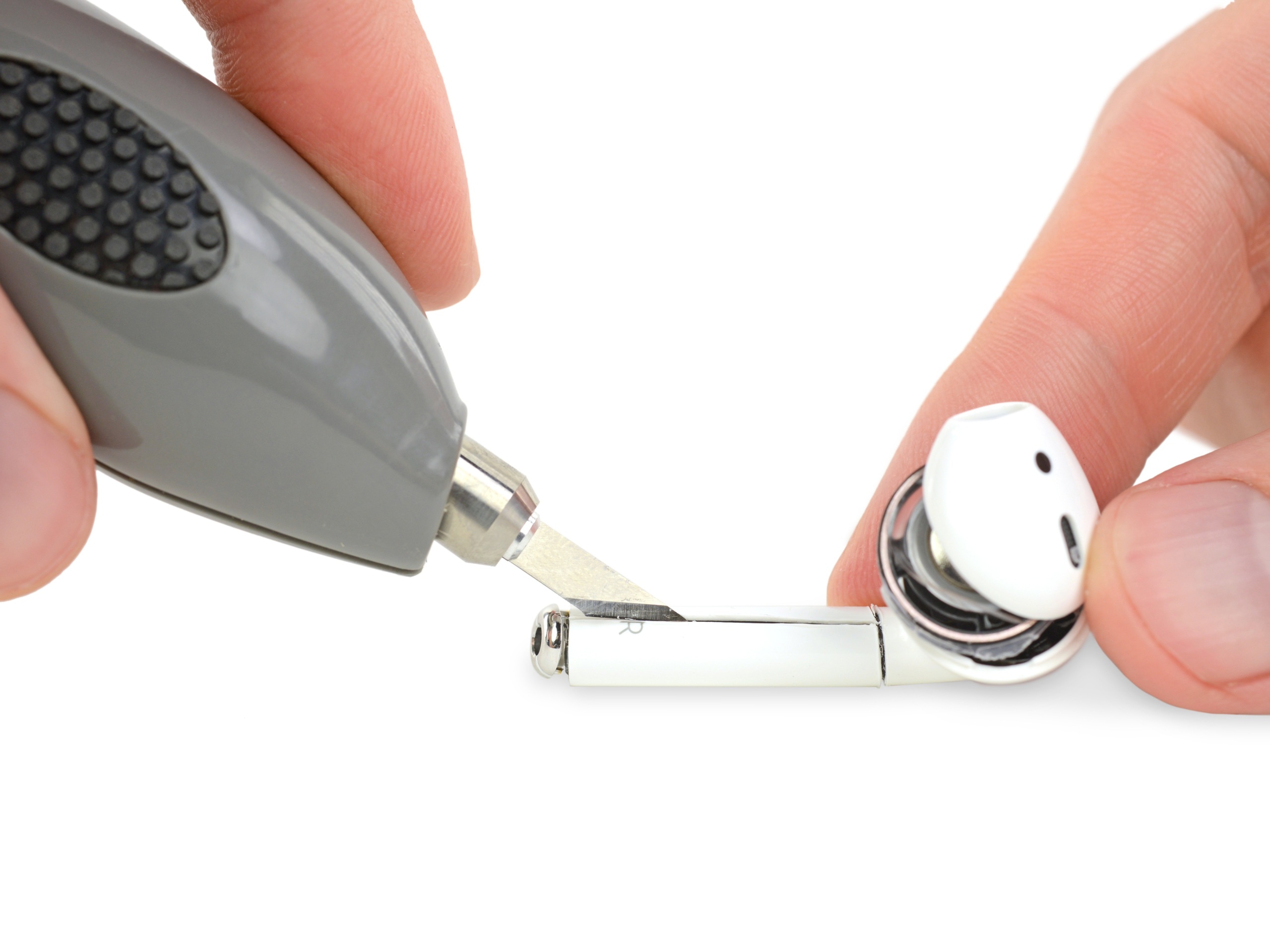
Tell Apple: Airpods shouldn’t be designed to die
AirPods are nearly impossible to repair and their batteries are short-lived. Apple should design them to last.
Add Your Name
In less than two years, the rechargeable lithium-ion battery found in your AirPods is due to die an untimely death. Once their battery dies, AirPods can’t be repaired. So what is there to do?
Buy another pair of AirPods. And then buy another: Buy, die, repeat. That’s the business model.
AirPods are designed to fail. And with over 400 million sold, they’re generating a tidal wave of electronic waste.
All true wireless earbuds suffer from the same problem: A short life span. The limiting factor is usually the lithium-ion battery powering these wireless devices, which degrades over time.
Some wireless earbuds can be taken apart with a battery that can easily be replaced. But that’s not the case with AirPods. Within time, all AirPods stop holding enough charge to be usable — sometimes in as little as 18 months.
All rechargeable batteries have limited lifespans. At least with some products, you can replace the battery without tossing the device. That’s not possible with AirPods.
That’s because the components inside each little white stick are glued together. Apple could use screws and latches to hold together the components. That way, if something needed to be repaired or replaced, you could easily get inside the device in order to fix it. But Apple doesn’t do this.
In Apple’s current AirPod design, you’d have to cut your way through a hard plastic shell to gain access to the battery that’s glued inside the plastic casing. Accessing any component is impossible without destroying the outer plastic case.
It’s no surprise that, when AirPods were first released, iFixit gave them a repairability score of 0 out of 10.
Let’s face it: AirPods are an e-waste nightmare. At the end of their life, you’re left with a product that’s nearly impossible to repair and destined for the landfill. Disposable electronics like this aren’t just hurting your wallet — they’re also harming our environment.
Electronic waste (also known as “e-waste”) is one of the fastest-growing waste streams in the world.
In the U.S. alone, we generate 6.9 million tons of e-waste each year. Electronics that can’t be repaired are a major contributing source to this waste stream. We’re turning over our gadgets far too quickly, in part because products like Apple’s AirPods are not designed to last.
Once e-waste makes its way into our landfills, it’s disastrous for the environment. Here’s how:
Not long ago, headphones and earbuds were reasonably long-lasting electronic devices. Without having to break the bank, a good pair of headphones would serve you for years — their faded earcups being the only sign of age.
AirPods may have liberated you from the tangled mess in your pocket or a dangling chord by your side, but they’ve also helped make expensive and disposable electronics the norm.
Since the release of the first AirPods in 2016, countless other companies have replicated their wireless and rechargeable design. Apple started this wasteful trend, it’s its responsibility to solve it.
With the latest iPhone models no longer offering headphone jacks for plug-in headphones and earbuds, it’s clear that Apple intends to stick with wireless earbuds. Future iterations of the AirPods are all but certain, which gives Apple the opportunity to design future models with repairability in mind.
Let’s tell Apple to reduce e-waste by redesigning AirPods to last.
AirPods are nearly impossible to repair and their batteries are short-lived. Apple should design them to last.
Add Your Name
Lucas leads PIRG’s Designed to Last campaign, fighting against obsolescence and e-waste and winning concrete policy changes that extend electronic consumer product lifespans and hold manufacturers accountable for forcing upgrades or disposal.